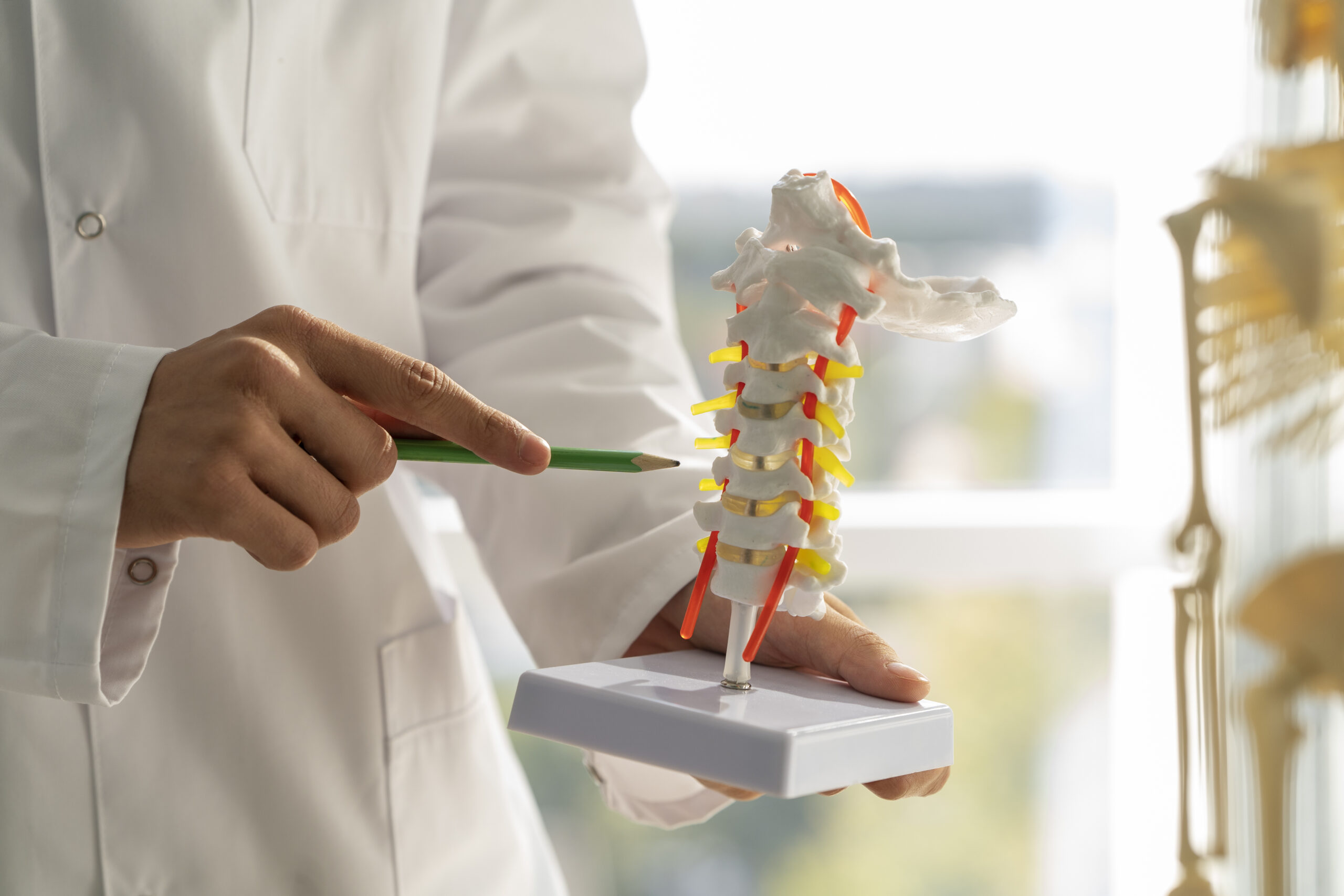What is an Ilioinguinal and Iliohypogastric Nerve Block?
An Ilioinguinal and Iliohypogastric Nerve Block is a targeted injection used to relieve pain
in the lower abdomen, groin, and upper inner thigh. These nerves supply sensation to the skin in the inguinal region and are sometimes irritated following surgery or trauma. The procedure involves injecting local anaesthetic, often with a steroid, near these nerves to reduce pain and inflammation. It may also help confirm if these nerves are responsible for your symptoms.

What conditions do we offer this for?
We offer this procedure for patients with:
- Post-surgical groin or lower abdominal pain (e.g. after hernia repair, caesarean section, or appendectomy)
- Ilioinguinal or iliohypogastric neuralgia
- Chronic groin pain not responding to medication or physiotherapy
- Pain following pelvic or lower abdominal trauma
- To assess suitability for pulsed radiofrequency treatment
Why is it done?
This procedure is performed to:
- Provide targeted relief from groin and lower abdominal pain
- Help confirm the source of your pain (diagnostic use)
- Reduce or eliminate the need for strong pain medications
- Improve mobility, sleep, and overall quality of life
- Guide longer-term treatments if significant pain relief is achieved
What does the procedure involve?
-
You will lie on your back with your abdomen exposed.
-
The skin will be cleaned and numbed with a local anaesthetic.
-
Under ultrasound guidance, a fine needle is inserted near the ilioinguinal and iliohypogastric nerves (usually near the anterior superior iliac spine).
-
A small volume of local anaesthetic with or without steroid is injected.
-
The procedure takes 15–30 minutes and is carried out as a day case.
Benefits
- Effective pain relief in the lower abdomen and groin area
- Can confirm whether these nerves are the source of pain
- May reduce the need for long-term medications
- Improves comfort, sleep, and movement
- Supports decisions about further treatments like pulsed RF
Side Effects
Very Common side effects
(may affect more than 1in 10 patients):
- Pain or bruising at the injection site
- Temporary numbness or tingling in the lower abdomen, groin, or upper thigh
- Temporary increase in pain before improvement
Common side effects
(may affect up to 1in 10 patients):
- Localised swelling or mild discomfort
- Dizziness or light-headedness
Uncommon side effects
(may affect up to 1 in 1,00 patients):
- Infection at the injection site
- Temporary difficulty with urination or altered skin sensation
Rare side effects
(may affect up to 1 in 1,000 patients):
- Nerve injury or prolonged numbness
- Bleeding or haematoma
- Allergic reaction to anaesthetic or steroid
Aftercare Advice
- You will be observed briefly and usually discharged the same day.
- Avoid driving for 24 hours.
- Some numbness or tingling in the injection area may last a few hours.
- Gradually return to normal activities; avoid strenuous activity for 24–48 hours.
- Your response will help guide further treatment options, such as pulsed radiofrequency.
When to Seek Medical Attention
Please attend A&E immediately if you experience:
- Fever, chills, or signs of infection at the injection site
- New or worsening numbness or weakness in the legs or groin
- Difficulty passing urine or loss of bowel control
- Severe or persistent pain not relieved by usual medication
